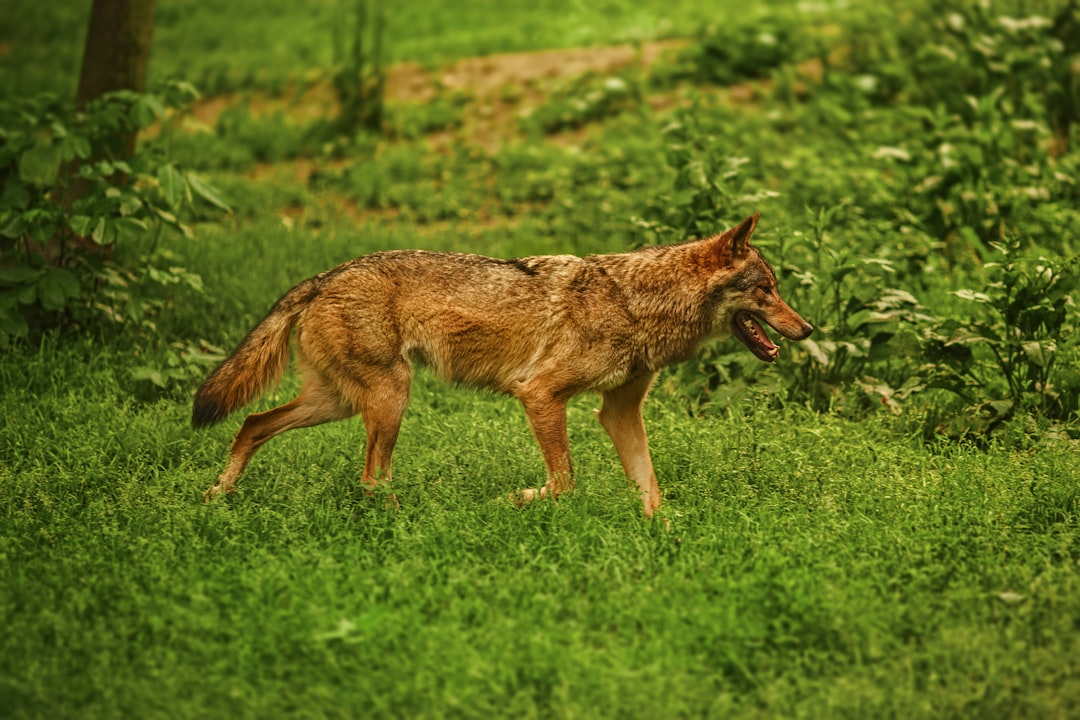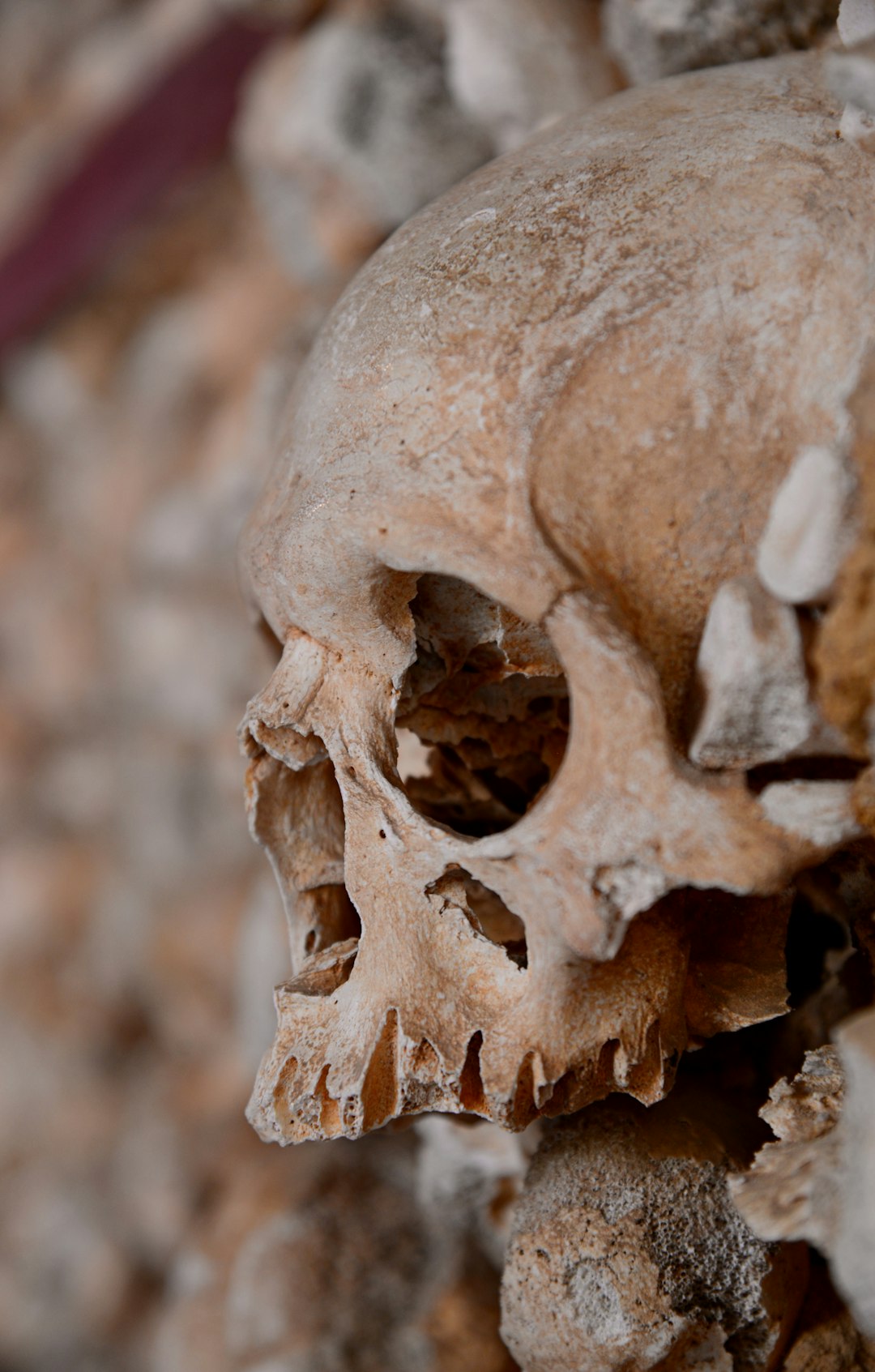Coyotes are a common sight in many parts of North America, but how much do you know about their anatomy? In particular, have you ever taken a closer look at their skulls? These fascinating creatures have unique and complex skull structures that are worth exploring. In this article, we’ll delve into the anatomy of coyote skull and discover some interesting facts about these animals.
Contents
The Importance of Coyote Skulls
The skull is an essential part of any animal’s anatomy, as it protects the brain and sensory organs while also providing attachment points for muscles and ligaments. In the case of coyotes, their skulls also play a crucial role in their hunting and feeding behaviors.
Coyotes are opportunistic predators, meaning they will eat a wide variety of prey, including small mammals, birds, reptiles, and even insects. Their skulls are adapted to accommodate their diverse diet, with specialized features for different types of prey.
Size and Shape
Coyote skulls are typically around 8-10 inches in length, with a narrow and elongated shape. This shape allows them to fit into small burrows and crevices, making them efficient hunters of small prey.
Their skulls are also relatively lightweight, which allows them to move quickly and silently while hunting. This is especially important for coyotes, as they often hunt in packs and need to coordinate their movements without alerting their prey.
Teeth and Jaw Structure
One of the most distinctive features of coyote skulls is their teeth. They have a total of 42 teeth, including sharp incisors for gripping and tearing, and strong molars for crushing and grinding.
Their jaw structure is also unique, with a hinge-like joint that allows them to open their mouths wider than most other mammals. This is particularly useful when hunting larger prey, as it allows them to take bigger bites and exert more force.
The Anatomy of a Coyote Skull
Now that we’ve covered the general features of coyote skulls, let’s take a closer look at their anatomy.
The Cranium
The cranium is the top part of the skull that protects the brain. In coyotes, it is relatively large and elongated, with a prominent sagittal crest running along the top. This crest provides attachment points for powerful jaw muscles, allowing coyotes to exert a lot of force when biting down on prey.
The cranium also has large eye sockets, which are essential for the coyote’s keen eyesight. They have excellent vision, especially at night, which helps them hunt in low light conditions.
The Mandible
The mandible, or lower jaw, is another crucial part of the coyote skull. It is made up of two halves that are joined by a flexible ligament, allowing the jaw to open wider than most other mammals.
The mandible also has a unique structure that allows coyotes to dislocate their lower jaw when hunting larger prey. This allows them to take bigger bites and exert more force, making it easier to bring down their prey.
The Dentition
As mentioned earlier, coyotes have a total of 42 teeth, which are divided into three types: incisors, canines, and molars.
Incisors
Coyotes have six incisors on their upper jaw and six on their lower jaw. These teeth are sharp and pointed, making them ideal for gripping and tearing flesh. They are also used for grooming and removing fur from prey before eating.
Canines
The canines, or fangs, are the most prominent teeth in a coyote’s mouth. They are long and sharp, and they play a crucial role in hunting and killing prey. Coyotes use their canines to grab onto their prey and deliver a fatal bite to the neck or throat.
Molars
The molars are the largest teeth in a coyote’s mouth, and they are used for crushing and grinding food. Coyotes have four molars on each side of their upper jaw and three on each side of their lower jaw. These teeth are essential for processing tough prey, such as bones and cartilage.
The Nasal Cavity
The nasal cavity is the space behind the nose that connects to the throat. In coyotes, it is relatively large and complex, with a series of bony ridges and turbinates that help filter and warm the air as it enters the body.
The nasal cavity also plays a role in the coyote’s sense of smell, which is essential for hunting and detecting predators. Coyotes have a highly developed sense of smell, with up to 300 million olfactory receptors in their noses.
Interesting Facts About Coyote Skulls
Now that we’ve explored the anatomy of coyote skulls, let’s take a look at some interesting facts about these fascinating creatures.
Coyote Pup Skulls
Coyote pups are born with soft, pliable skulls that allow their heads to pass through the birth canal easily. As they grow, their skulls harden and develop the unique features we’ve discussed.
Coyote pup skulls are also smaller and rounder than adult skulls, with fewer teeth and less developed jaw muscles. This is because they primarily feed on milk from their mother until they are old enough to hunt on their own.
Coyote Bones
Coyote bones are highly sought after by collectors and artists due to their unique and intricate structure. They are often used in jewelry, sculptures, and other decorative items.
Coyote bones are also used in traditional medicine and spiritual practices by some Native American tribes. It is commonly thought that these objects possess therapeutic qualities and are utilized in various rituals and ceremonial practices.
Conclusion
Coyote skull are a fascinating subject to explore, with unique and complex features that make them well-adapted to their environment. From their elongated shape and powerful jaw muscles to their keen eyesight and sense of smell, coyote skulls are a testament to the incredible diversity and adaptability of nature.
Next time you come across a coyote, take a moment to appreciate the intricate anatomy of its skull and the role it plays in the life of this remarkable animal.
For more information, visit: Azbig Trends



